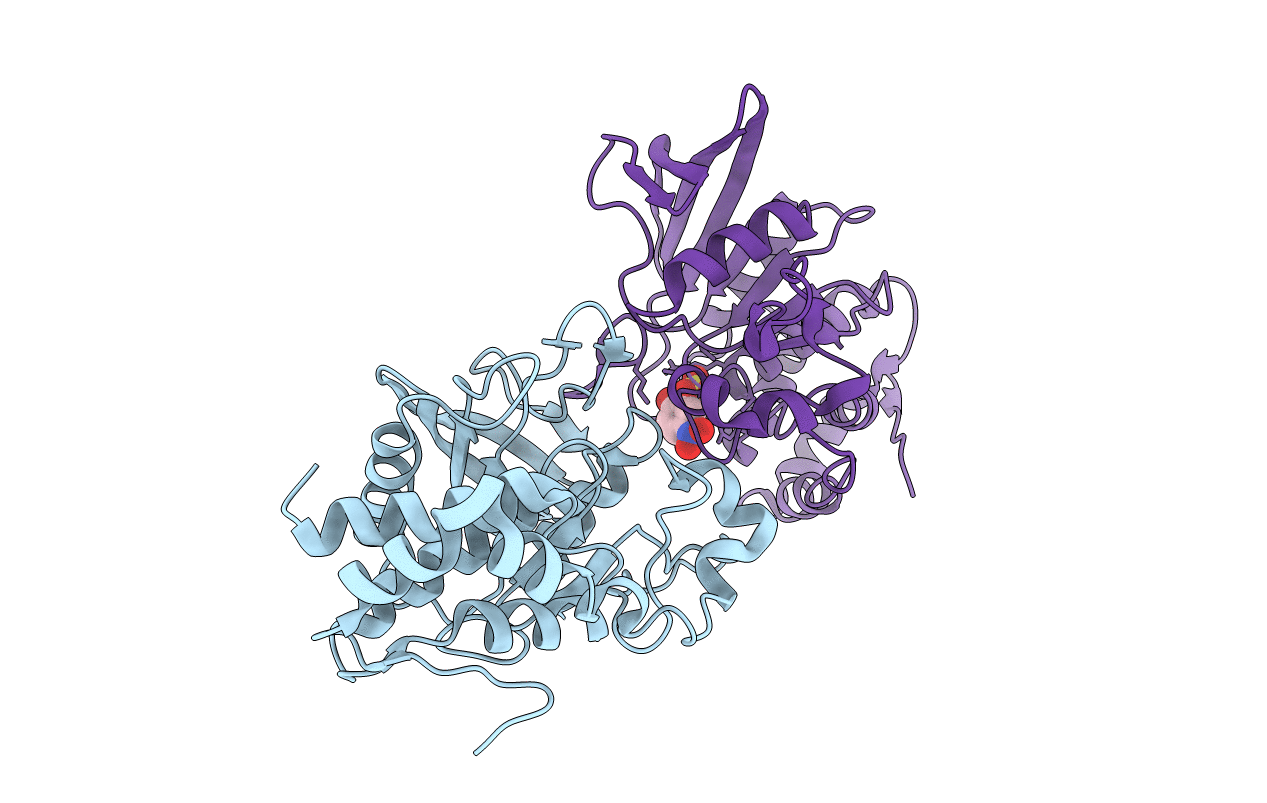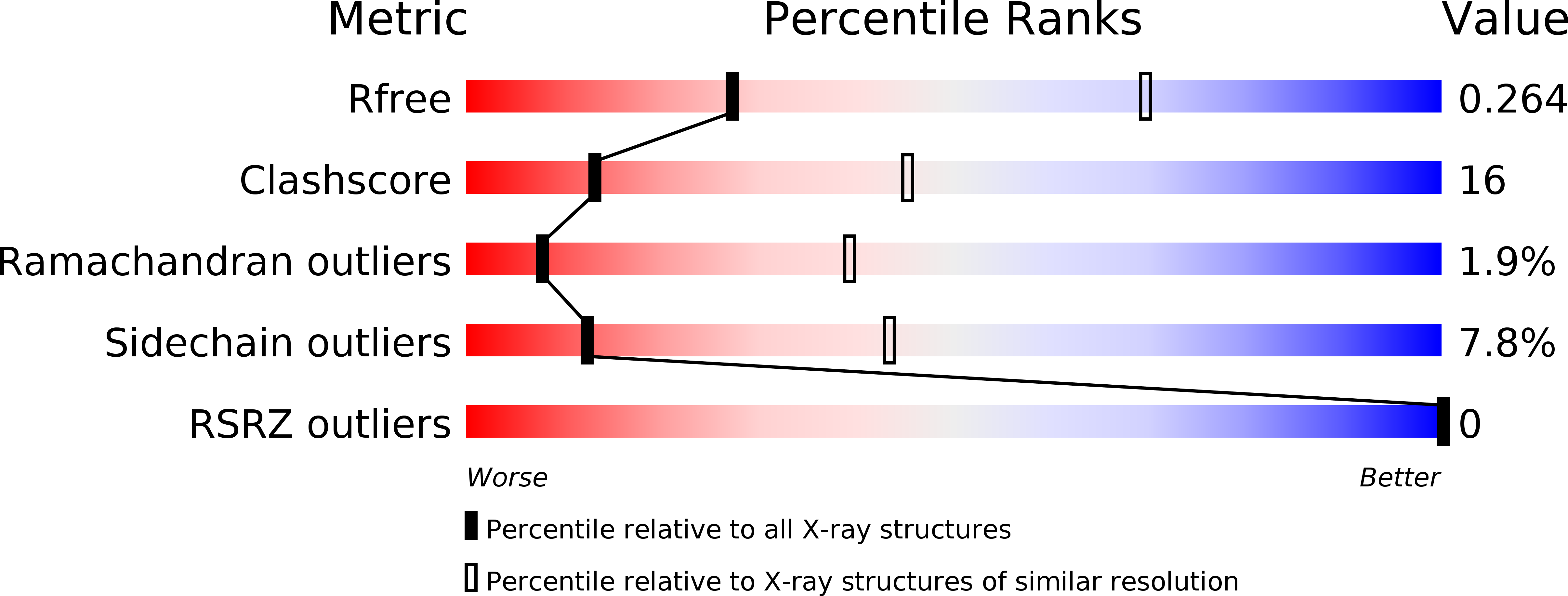
Deposition Date
2011-05-18
Release Date
2011-11-02
Last Version Date
2023-11-01
Entry Detail
PDB ID:
3S3K
Keywords:
Title:
Crystal structure of the catalytic domain of PTP10D from Drosophila melanogaster with a small molecular inhibitor para-NitroCatechol Sulphate
Biological Source:
Source Organism:
Drosophila melanogaster (Taxon ID: 7227)
Host Organism:
Method Details:
Experimental Method:
Resolution:
3.20 Å
R-Value Free:
0.30
R-Value Work:
0.25
R-Value Observed:
0.25
Space Group:
P 31 2 1


